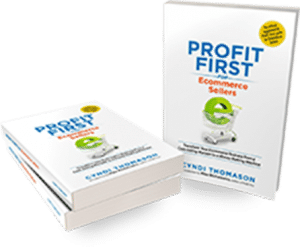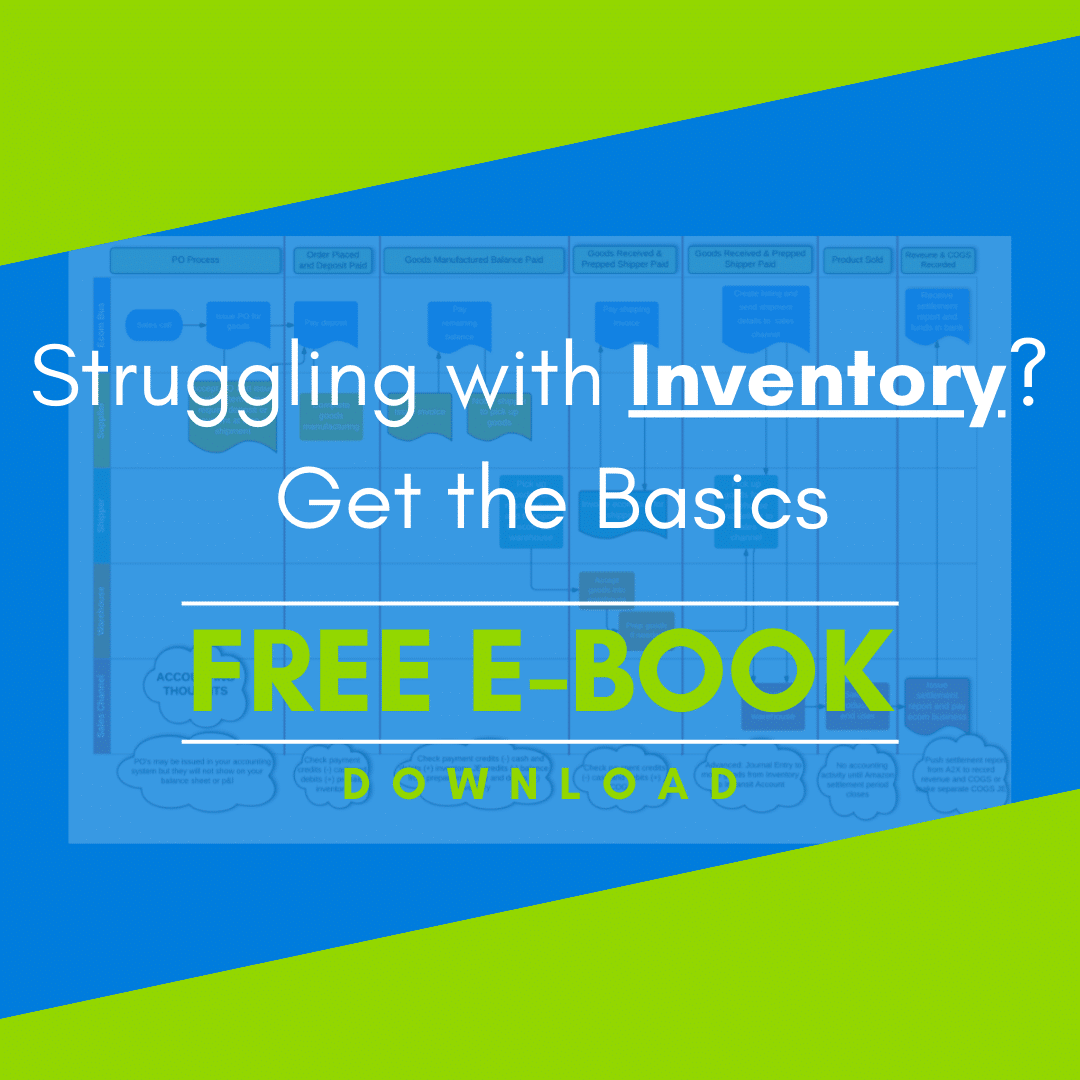
In the beginning of ecommerce, success was all about marketing and advertising to make a sale. However, over the years ecommerce business owners began to focus on operations as they saw colleagues exit with high multiples because of the high level of aggregator buying activity.
Top line revenue got moved to the back burner to make room for profitability. Focusing on profitability means adding more levers to control in your business though, and it’s easy to get turned around about what is driving performance. One of my favorite ways to stay on top of all the levers is to predict or design the future. Stephen Covey said it best with Habit 2 in his book Seven Habits of Highly Effective People, “Begin with the end in mind.” That doesn’t just apply to a vision board, it applies to your numbers as well.
Imagine Your Business
Before we get to the numbers though, the plan starts with your imagination and creativity. As an entrepreneur, these thoughts probably happen frequently. But now we’re going to put some rigor behind them.
Take a few minutes and think about your biggest opportunities for the year. Is it to grow with new products or variations, new advertising campaigns, adding team members, developing systems to gain efficiency, etc. Take a second to write down your top three and those will be the drivers for your yearly forecast.
Crunch Some Numbers
So now to the fun part, at least for those of us that love numbers. Let’s determine how each scenario impacts you financially. For each opportunity, think about how much it will increase revenue and what it will cost you to get there. I like to do this monthly because it lets me see the timing. I can show when the cash is going to be spent and when I will start to receive revenue.
There are usually some upfront costs before you start to reap the rewards. By looking at the scenario in monthly terms, you can understand how it will affect your cash. This is important, because the scenario may generate a lot of income, but if you don’t have the cash to fund it, your entire business could be at stake.
Compare and Contrast
Develop a tab in a spreadsheet for each of your three scenarios. This will allow you to isolate your activities and start to understand their priorities. It can allow you to focus on the “low hanging fruit” first and keep you from getting overwhelmed doing too much. You can manipulate your scenarios easily with less confusion if you isolate them. Once you have these new initiatives mapped out, you are ready to apply them to your baseline data.
The prior year financial information is your baseline data. You will set up a tab in your spreadsheet for baseline data and pull your Profit and Loss from your accounting system as an excel file and copy it into this tab. Then look at each line of activity and apply an adjustment. In general, will revenue stay the same, or slightly increase by 5%? Is a product going to be discontinued and you may have a drop in income?
Consider the same with your expenses. Can you identify if there were any expenses that were one-offs and can be removed? Will your vendors be increasing pricing on your standard products? Perhaps you know your rent has an escalation clause coming into effect.
This exercise is considering your changes to maintain your operations. Will they stay constant or require slight changes? This is not considering your three major initiatives that you have already considered. It’s just looking back and asking yourself, “If this were a standard year, what would need to be adjusted to “repeat” that performance?”
Now you are ready to start looking at the baseline data and pulling in the new projections. I suggest creating a summary tab where you’re just adding the totals in to see your baseline Revenue, COGS, Gross Margin, Operating Expenses, and Net Margin.
Your Summary spreadsheet will be set up using the information below:
Revenue
Baseline
Scenario 1 (New Product)
Scenario 2 (New Warehouse Mgr)
Scenario 3 (New Adverting Campaign)
Total
COGS
Baseline
Scenario 1 (New Product)
Scenario 2 (New Warehouse Mgr)
Scenario 3 (New Adverting Campaign)
Total
Gross Margin
Baseline
Scenario 1 (New Product)
Scenario 2 (New Warehouse Mgr)
Scenario 3 (New Adverting Campaign)
Total
Operating Expenses
Baseline
Scenario 1 (New Product)
Scenario 2 (New Warehouse Mgr)
Scenario 3 (New Adverting Campaign)
Total
Net Margin
Baseline
Scenario 1 (New Product)
Scenario 2 (New Warehouse Mgr)
Scenario 3 (New Adverting Campaign)
Total
Track Your Year
When you have all your information, you can start tracking your performance throughout the year against these activities. This is a challenge with spreadsheets, but there are some forecasting tools out there that integrate with your accounting systems, and your accounting professional may be able to recommend one. At bookskeep, we use and love a tool called Fathom. It allows us to forecast and monitor our client’s progress and generate graphical reports that help our clients and us spot trends in their business. Below are a couple of the pages we pull for evaluation.



If you’re just getting started, a spreadsheet will get you where you need to be. The thought processes and monitoring/adjusting are what is important. It allows you to take the data from your business performance and use it to make good operational decisions.
As your business grows and gets more complicated, the software forecasting and reporting tools will help you continue this important activity without hours of number crunching in spreadsheets.
If you’re ready to see those monthly reports and want someone to manage it all for you, we’re here to help! Reach out to the bookskeep Team today!

If your ecommerce business isn’t where you’d like it to be in terms of profitability, check out my book, Profit First for Ecommerce Sellers. It answers important questions about how to implement Profit First in an ecommerce business. Take control of your money and your business, and put Profit First to work for you!
You can also sign up for the Profit First for Ecommerce Sellers Online Course. As a Mastery Level, Certified Profit First Professional, I will teach you why Profit First works so well for ecommerce businesses and the particular challenges for businesses that have physical products requiring inventory management. You will learn how your behavior drives your money management habits for your business and how you can set up your business bank accounts to work with your habits.
Check out all our ecommerce accounting and profit advising services here!




Leave a Comment